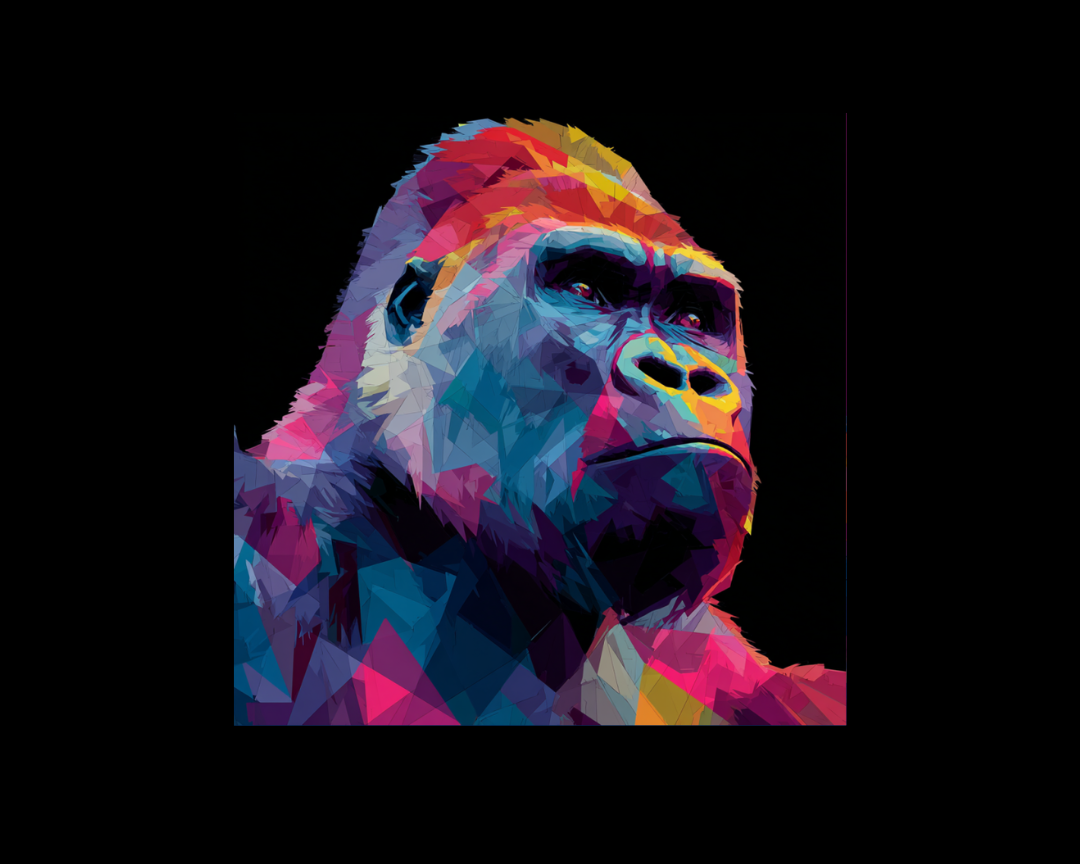What is Direct Marketing? The Unsexy Powerhouse
Let's be honest—direct marketing is the reliable Toyota Camry in your marketing garage while everyone's obsessing over the Tesla. It's not winning...
3 min read
 Writing Team
:
Jul 11, 2025 4:54:20 PM
Writing Team
:
Jul 11, 2025 4:54:20 PM

Remember when everyone thought there was actually a witch haunting the woods of Maryland? The Blair Witch Project spent $60,000 on marketing and pulled in $248 million worldwide. That's guerrilla marketing at its finest—creative disruption that makes people stop, stare, and most importantly, talk.
Guerrilla marketing is unconventional promotion that relies on creativity, surprise, and audience participation rather than massive budgets. Unlike traditional advertising that interrupts, guerrilla marketing integrates into daily life in unexpected ways.
The concept emerged in the 1980s when businesses needed cost-effective alternatives to expensive TV and print campaigns. Today, it's more relevant than ever—consumers ignore 99.9% of traditional ads, but they'll photograph, share, and discuss a clever guerrilla stunt for months.
Smart guerrilla campaigns generate 3-5 times more engagement than traditional advertising at a fraction of the cost. They create organic word-of-mouth that money can't buy, turning marketing into entertainment that people actually want to experience.
Guerrilla marketing succeeds because it breaks patterns. Our brains are wired to notice anomalies—the unexpected statue in a park, the flash mob in a subway station, the mysterious message chalked on sidewalks across the city.
This principle mirrors effective SEO content strategy. Just as understanding user behavior metrics helps create engaging content, guerrilla marketing taps into human psychology to create memorable experiences.
When people encounter something genuinely surprising, they experience a dopamine hit that creates positive associations with the brand. They become participants rather than passive observers, transforming from audience to advocates. This emotional investment drives sharing behavior that traditional ads simply can't achieve.
Ambient Marketing places ads in unexpected locations—like Nike's shoebox bus stops or Folgers' manhole covers that looked like steaming coffee cups. These installations become Instagram-worthy moments that extend the campaign's reach organically.
Ambush Marketing capitalizes on major events without paying sponsorship fees. During the 2014 World Cup, Beats by Dre gave headphones to players during interviews, stealing attention from official sponsor Sony.
Experiential Campaigns create immersive brand experiences. Red Bull's space jump wasn't just a stunt—it was a live demonstration of their brand promise to "give you wings." The event attracted 52 million viewers and generated years of content.
Modern guerrilla tactics blend physical and digital spaces. QR codes hidden in street art unlock exclusive content. Augmented reality filters turn everyday locations into branded experiences. TikTok challenges spawn from simple offline activations.
The key is creating "shareable moments" that people want to document and distribute. This connects to broader digital marketing strategies where authentic engagement trumps paid reach.
Successful digital guerrilla campaigns often start small—a mysterious billboard, an unusual popup, a cryptic social media post—then explode across platforms as people piece together the puzzle. The investigation becomes part of the entertainment.
Traditional metrics don't capture guerrilla marketing's true impact. Brand awareness surveys, social media mentions, and earned media value provide better insights than click-through rates or impressions.
Immediate Metrics include photo shares, hashtag usage, and direct engagement at activation sites. These show real-time audience response and help optimize ongoing campaigns.
Long-term Impact requires tracking brand recall, purchase intent, and customer acquisition over 6-12 months. Guerrilla campaigns often create delayed conversions as people remember the experience when making buying decisions.
Viral Coefficient measures how many people each participant tells about the experience. A successful guerrilla campaign should generate 5-10 secondary impressions per direct interaction.
The most valuable metric is "story potential"—how compelling the campaign is as a narrative people want to retell. Great guerrilla marketing becomes part of cultural conversation, creating brand equity that lasts years beyond the initial investment.
Guerrilla marketing and SEO share the same DNA—both reward creativity over cash, authenticity over interruption, and engagement over exposure. The viral content, backlinks, and brand mentions generated by successful guerrilla campaigns create SEO benefits that compound over time.
The best guerrilla marketing feels effortless but requires strategic thinking, perfect timing, and flawless execution. It's not about being weird for the sake of weird—it's about creating moments that matter to your audience.
Ready to Launch Your Own Marketing Disruption?
Our SEO experts understand how unconventional marketing creates lasting digital impact. We'll help you craft campaigns that generate buzz, earn links, and build the kind of brand authority that search engines love. Let's turn your next marketing idea into a viral sensation that drives real results.
-1.png)
Let's be honest—direct marketing is the reliable Toyota Camry in your marketing garage while everyone's obsessing over the Tesla. It's not winning...
-Jan-19-2025-04-31-40-8271-PM.png)
When building a successful business, the concept of a Minimum Viable Product (MVP) can be a game-changer. It allows companies to test ideas quickly,...
%20(1).png)
I recently got talking to a business that made me realize that a lot of brands are approaching their newsletter marketing strategy the wrong way....